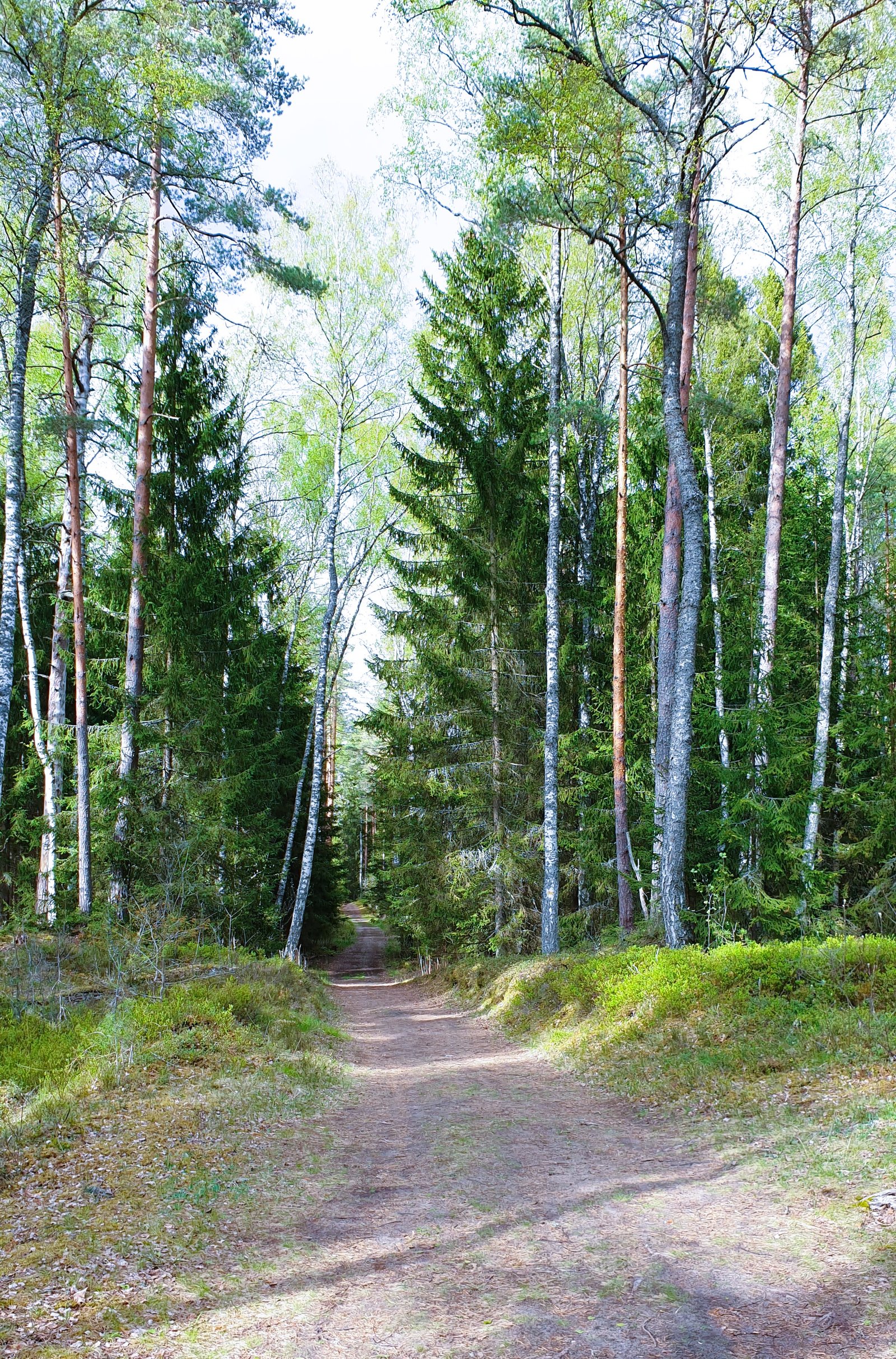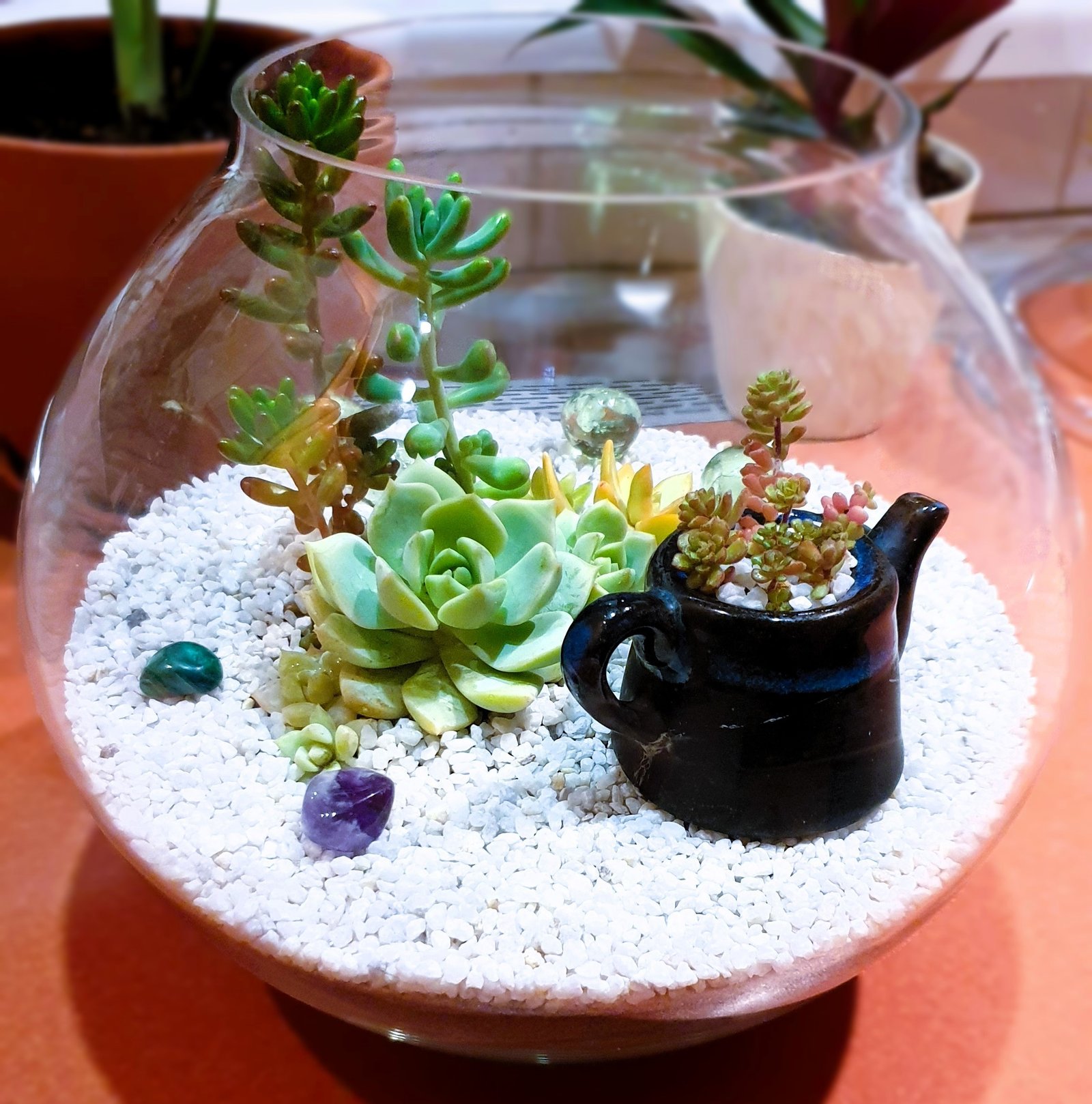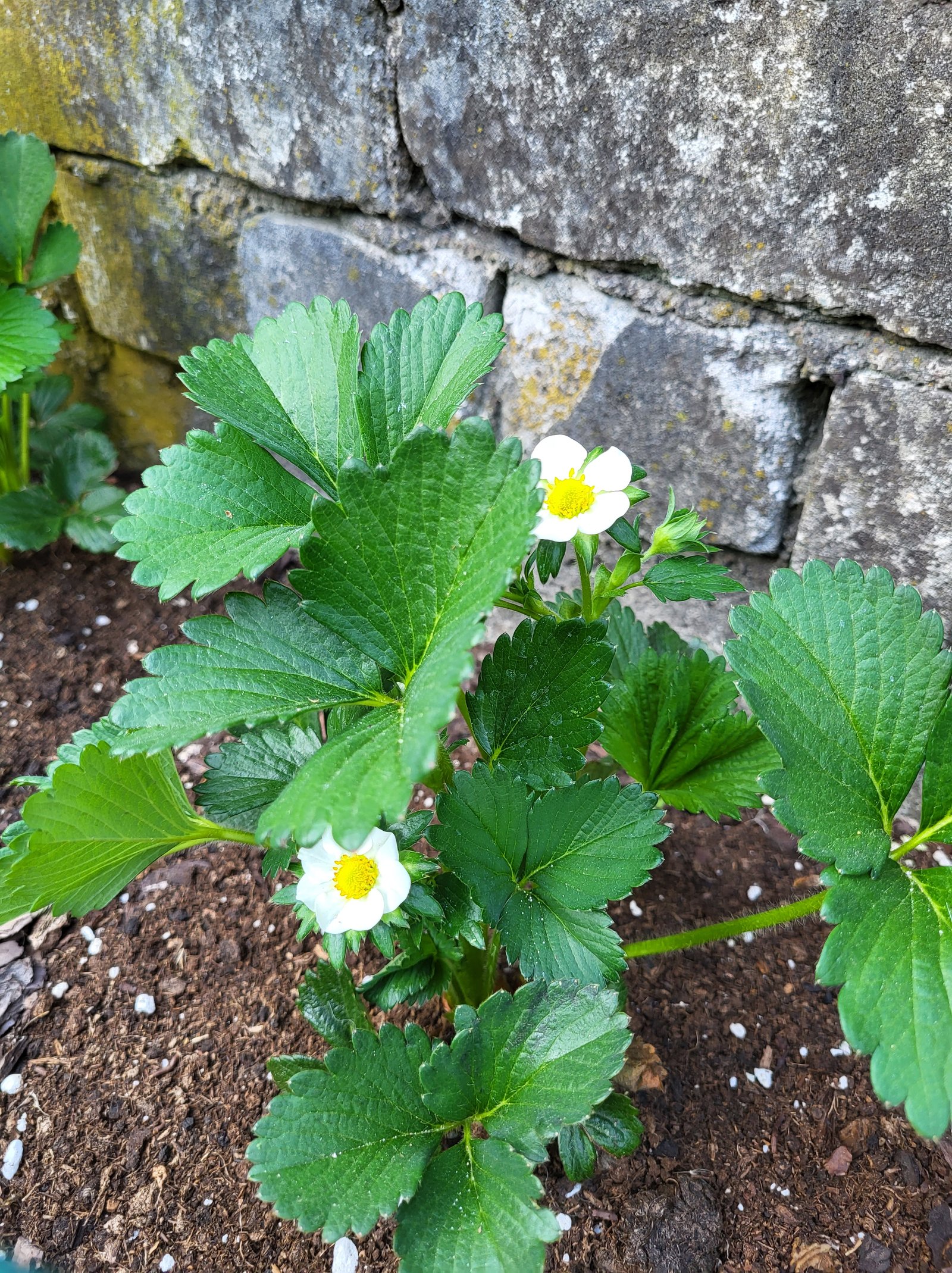In this article, I’ll share simple ways to connect with nature, boost your mood, and improve your work performance. These nature-based practices can be seamlessly integrated into your daily work routine. However, before diving in, consider the following points:
- Reflect on essential questions:
- Why embark on this journey? How will it benefit you, your colleagues, and the environment? Identify values aligned with caring for nature and nurturing a profound connection.
- Conduct a self-assessment:
- Evaluate your current feelings at work, your motivation, energy levels, work performance, and relationships with colleagues.
- Create a practical plan:
- Determine where and when you will practice. Identify natural options available in your workplace. Decide when during the workday you can integrate these practices and how much time you can allocate. After reading this blog post, select 1-2 nature-based practices to implement.
- Stick to and evaluate your plan:
- Experiment with 1 or 2 nature-based activities that align with your work rhythm during the week. Discard the notion of an elusive “perfect time,” recognizing the modern struggle to find time. Prioritize wisely—discard the unnecessary and embrace practices contributing to a vibrant, balanced life.
- Assess the impact:
- Observe the impact of nature-based practices at your workspace and evaluate the process at the week’s end. Reassess your feelings, and reflect on what aligned, emotions evoked, and hurdles faced. Assess the feasibility of overcoming obstacles and, if needed, adjust your plan.
- Commit to ongoing exploration:
- Pledge to explore similar or different nature-based activities in the following week. The possibilities are boundless.
Table of content
14 Practical tips for a healthier workspace
1. Nature breaks: from 40 seconds of clarity to 20 minutes of stress relief
2. Mindful nature walk: engage your senses and connect with the outdoors
3. Nature journaling: deepen your connection with the outdoors through mindful observation
4. Let go and renew: simple steps to transform difficulty
5. Building emotional balance: a stone tower meditation inspired by inuit tradition
6. Inspired by nature: the benefits of outdoor work for creativity
7. Greening your workspace: bringing nature indoors and growing with colleagues
8. Visual harmony: embracing nature’s calm in your workspace
9. Embrace nature’s gifts: creating your personal box of natural treasures
10. Promoting connection and wellness: sharing homegrown produce with colleagues
11. Boost productivity and well-being: harnessing the power of nature sound playlists
12. Nurturing resilience: building your collection of natural inspirations
13. Empowerment in stone: creating inspiring tokens for daily encouragement
14. Workplace green initiatives: cultivating a sustainable work environment
14 Practical Tips for a Healthier Workspace
1. Nature breaks: from 40 seconds of clarity to 20 minutes of stress relief
Pause, glance out the window, and immerse yourself in nature’s view for a quick 40 seconds. This mini-break not only enhances focus but also minimizes mistakes. Let nature’s simplicity refresh your mind in the blink of an eye. Consider taking a break or having lunch closer to nature. Recent studies reveal that dedicating just 20 minutes to outdoor pauses, whether in a hospital garden or a specially arranged outdoor area, significantly reduces stress and burnout symptoms for nurses providing acute care compared to indoor breaks. Embrace the power of nature for quick mental resets and extended stress relief.
2. Mindful nature walk: engage your senses and connect with the outdoors

Take a conscious nature watching walk. Watch the plants, listen to the birds, and touch the ground (in warm weather, be sure to try walking or sitting in nature barefoot). During the walk, the following mindfulness exercises can be performed:
- Take a few deep and slow breaths and exhalations;
- Pay attention to the surroundings where you are: What do you see? What sounds do you hear? What can you smell? Maybe you can taste something? What do you feel with your body?
- Choose one object (for example, a tree or a stone) and pay conscious attention to what you see, hear, and feel outside, and how it makes you feel internally. For example, when you find a tree and look at it, you can say “Outside I see a tree moving in the wind, inside I feel a thrill”. Then, when I touch the tree, “I feel the rough texture of the bark outside, I feel a little nervous inside.” Repeat the process with smell, sound, and maybe taste (if possible).
3. Nature journaling: deepen your connection with the outdoors through mindful observation
- Writing in a diary is a simple yet powerful practice that contributes to overall well-being on multiple levels: cognitive, emotional, physical, and psychic. This process offers insight into one’s life, encouraging the expression of thoughts and feelings through written reflection. Diary writing serves as a tool for promoting self-awareness and aiding in decision-making. When practiced daily, it fosters a deeper understanding of the world around us. To begin a nature journaling practice, you can opt for a paper notepad that you design according to your preferences or utilize electronic diaries, or simply take notes on your smart device using programs like “Notes,” “Hangouts,” or “MS Word.” The process involves the following steps:
- Find a suitable outdoor location where you can observe nature comfortably, whether it’s a city park, seaside, countryside meadow, forest, or any other natural setting.
- Take a few deep breaths to center yourself.
- Sit quietly and attentively observe your surroundings, engaging your senses to notice what you see, hear, feel, smell, or even taste. Observe the interactions between animals, the movements of trees in the wind, cloud formations, or any other natural phenomena.
- In your diary, reflect on three questions:
- What did I observe? Document your sensory experiences, noting everything you see, hear, feel, smell, or taste.
- What can I learn from my observations?
- How can I apply these lessons to my life? Consider how your observations can help you navigate challenges or make decisions in your daily life.
- The process of nature journaling is a journey of connection, observation, reflection, and documentation. It’s recommended to engage in this practice regularly for about 20 minutes to fully immerse yourself in the experience and reap its benefits.
4. Let go and renew: simple steps to transform difficulty

Think of something that you would love to let go of – perhaps it’s the anxiety surrounding a future situation, recurring disturbing thoughts, or frustration triggered by a colleague’s words. Find a small feather or stone from nature. Hold it in your hand, visualizing it as a representation of what you want to release. Allow yourself to imagine your difficult thoughts and feelings transferring into the feather or stone. When you feel ready, throw the stone as far as you can or release the feather and let the wind carry it away. Observe the stone or feather as it flies away, and take note of how you feel at this moment.
5. Building emotional balance: a stone tower meditation inspired by inuit tradition
Study and practice emotional balance by engaging in a mindful activity. Gather 7-8 small stones and spend time stacking them on top of each other to create a tower or any other arrangement that feels meaningful to you. Throughout this process, be mindful of the challenges you encounter and the emotions that arise. Interesting Fact: In Inuit culture, there is a tradition known as “Inukshuks” where stones are arranged in a specific manner. Similar traditions have been found in Scotland. In both cultures, these stone formations were used as navigation tools in snowy terrain and for marking sacred places. It is considered taboo in Inuit culture to dismantle these “Inukshuks”.
6. Inspired by nature: the benefits of outdoor work for creativity
Unlock your full creative potential by taking your work outdoors whenever feasible. Research investigating brainstorming sessions conducted during walks revealed a remarkable increase in creative performance, with productivity soaring to 81%. Participants reported generating higher quality solutions and innovations compared to any other environment tested in the study. Embrace the outdoors to inspire fresh ideas and enhance your professional output.
7. Greening your workspace: bringing nature indoors and growing with colleagues

Bringing indoor plants into your workplace can greatly enhance the environment and bring a touch of nature to your daily routine. Not only do plants add aesthetic appeal to the workspace, but they also offer numerous benefits for both physical and mental well-being. By planting herbs and greens in pots, you not only introduce greenery into your workspace but also have the opportunity to cultivate fresh herbs that can be enjoyed with your colleagues. Imagine the satisfaction of garnishing your lunchtime salad with basil or adding fresh mint leaves to your afternoon tea, all harvested from your indoor garden. Beyond the culinary delights, indoor plants can also contribute to a healthier work environment. They help improve air quality by absorbing toxins and releasing oxygen, creating a fresher and more invigorating atmosphere. Studies have shown that the presence of plants in the workplace can reduce stress, boost mood, and increase productivity, making them a valuable addition to any office space.
Consider personalizing your indoor garden by adding nameplates to label each plant. You can easily create these “cards” using the ideas provided in the Word document linked below. Download the document, cut out the cards, glue them to a nameplate, and place them next to your plants for easy identification. Not only will this add a charming touch to your workspace, but it will also help you and your colleagues identify and care for each plant with ease. Incorporating indoor plants into your workplace not only enhances the aesthetic appeal but also contributes to a healthier and more vibrant environment. So why wait? Bring a little bit of nature into your office today and reap the countless benefits it has to offer.
Mindful plant parenthood tips
- “Green conversations” with colleagues:
- Introduce the idea of plants to your colleagues, highlighting the positive benefits.
- Encourage open discussions about the advantages of plant care and its positive impact on the work environment.
- Propose the creation of a designated ‘green corner’ where colleagues can display their plants.
2. Safety and learning:
- Prioritize safety by selecting non-toxic indoor plants suitable for your office environment.
- Foster a culture of continuous learning within your professional space, understanding the unique characteristics and care requirements of each indoor plant to promote a green-savvy workplace.
3. Practical care essentials:
- For watering, establish a regular schedule based on each plant’s needs, and consider investing in a small watering can for convenience.
- Position your plants near windows to benefit from natural light, being mindful of direct sunlight. Rotate them occasionally for even growth.
- Choose well-draining soil and repot when necessary to provide ample room for your green companions to thrive.
4. Care planning for busy schedules:
- Schedule dedicated weekly or bi-weekly ‘plant care times’ in your calendar for consistency.
- Utilize breaks or quiet moments to water, prune, or simply appreciate your plants.
- Take short breaks to connect with your plants, practicing mindfulness by gently touching leaves and observing growth.
- Inject a touch of humor into your plant care routine with playful care cards for non-toxic plants.
5. Nature-inspired workspace planning:
- Arrange your plants strategically to not only create a visually appealing workspace but also ensure functionality.
- Consider the growth patterns of your plants when planning their positions for optimal placement.
8. Visual harmony: embracing nature’s calm in your workspace
Create a tranquil haven in your workspace by incorporating nature through pictures on walls, desktop backgrounds, personalized calendars, vision boards, or removable nature-themed decals. This straightforward yet impactful practice not only enhances the visual appeal of your surroundings but also contributes to your overall well-being and productivity. Research indicates that exposure to natural imagery can significantly reduce stress, prevent mood disturbances, and enhance cognitive functions. Additionally, a recent study exploring the restorative effects of nature during virtual meetings on platforms like Zoom found that nature backgrounds positively influenced creativity performance compared to urban or control backgrounds. Embrace the power of nature to transform your workspace into a source of inspiration and well-being.
9. Embrace nature’s gifts: creating your personal box of natural treasures
Immerse yourself in the beauty of nature by creating your own “box of natural resources.” This carefully curated collection can include treasures gathered during your walks, such as unique stones, pine cones, and twigs, as well as sachets filled with fragrant herbs or spices like lavender and eucalyptus. Add a bottle of your favorite essential oil and pictures of natural wonders or travel memories to complete your sanctuary. The purpose of this box goes beyond mere decoration – it serves as a tool to deepen your connection with nature and promote emotional balance, especially during challenging times. By surrounding yourself with reminders of the natural world, you’ll find solace, inspiration, and a renewed sense of inner peace.
10. Promoting connection and wellness: sharing homegrown produce with colleagues

Embrace the spirit of community and well-being by extending the bounty of your garden or cottage to your colleagues. If you’re fortunate enough to have a garden or a cottage retreat, consider sharing the fruits and vegetables you’ve nurtured with your own hands. Whether it’s a basket of ripe tomatoes, a bundle of freshly picked herbs, or a box of crisp apples, offering your homegrown produce is a gesture of generosity and camaraderie. Not only does sharing homegrown food create a sense of connection among coworkers, but it also promotes healthier eating habits and a deeper appreciation for the natural world. Your colleagues will delight in the freshness and flavor of locally grown produce, and the act of sharing will foster a sense of community within your workplace. Moreover, sharing homegrown fruits and vegetables can spark conversations about gardening, cooking, and sustainable living, inspiring others to cultivate their own gardens or support local farmers. It’s a simple yet powerful way to spread joy, nourishment, and positivity in the workplace, enhancing both physical and emotional well-being.
So, whether you have a thriving garden plot or a cozy cottage garden, consider sharing the fruits of your labor with your colleagues. Together, you can savor the tastes of the season and cultivate a culture of generosity, connection, and wellness in your workplace.
11. Boost productivity and well-being: harnessing the power of nature sound playlists
Enhance your work environment with the soothing sounds of nature by immersing yourself in nature sound playlists. Whether it’s the tranquil melody of birdsong or the gentle flow of water, these ambient sounds can cultivate a calming atmosphere conducive to productivity and well-being. Scientific research consistently supports the positive impact of nature sounds on workplace performance and mental health. Studies have shown that listening to nature sounds can significantly lower stress levels by inducing a sense of calm and relaxation. Moreover, background nature sounds have been linked to improved focus and concentration, providing a serene backdrop for optimal task performance. By incorporating nature-inspired audio into your work routine, you have the potential to uplift your mood and create a more positive work environment for yourself and your colleagues. So, plug in your headphones, tune into a nature sound playlist, and let the soothing symphony of the natural world enhance your productivity and well-being.
12. Nurturing resilience: building your collection of natural inspirations
In times of difficulty, turn to your curated collection of natural objects and landscape pictures for solace and inspiration. Take a moment to immerse yourself in the beauty and serenity captured in these images, allowing them to uplift your spirit and provide perspective on your challenges. As you explore your collection, select one or two pictures that resonate with you in the present moment. Reflect on the thoughts and feelings that arise as you gaze upon these images. What emotions do they evoke? What memories or experiences do they evoke? Consider the lessons that nature offers in these moments of reflection. By connecting with the natural world through your collection, you can gain insights into your own resilience and strength. Allow the beauty and tranquility of nature to guide you through difficult times, reminding you of the inherent beauty and resilience within yourself.
13. Empowerment in stone: creating inspiring tokens for daily encouragement
Elevate your daily walks with a simple yet impactful activity: crafting stones of inspiring thoughts. As you embark on a mindful stroll, collect several flat stones along your path. With a permanent marker, inscribe each stone with an inspiring phrase or word that resonates with you. Feel free to unleash your creativity by designing or painting the stones to further personalize them. Here are some ideas to spark inspiration for the phrases you can write on the stones:
- “In a world where you can be anything, be kind”
- “In the garden of life, sow seeds of kindness and watch love bloom”
- “Be the rainbow in someone’s storm, offering hope and kindness after the rain”
- “Let go of limiting beliefs”
- “In the stillness of the desert, find the wisdom of solitude and self-reflection”
- “Enjoy today!”
- “Your soul is a garden; tend to it with compassion and watch it bloom”
- “Collect good memories, not things”
- “Indulge in the unknown!”
- “Embrace change like the seasons, knowing that each transition brings new opportunities”
- “Like the eagle soaring high above the clouds, you rise above challenges with grace and strength”
- “Every setback is a setup for a comeback”
- “Your inner fire burns bright, lighting the path through the darkest nights”
- “Just as the stars shine brightest in the darkest nights, your light shines brightest in times of adversity”
- “Like a tree with deep roots, you stand firm against the winds of adversity”
- “With every challenge comes opportunity for growth”
- “Just as the butterfly emerges from its cocoon, you will emerge transformed”
- “Keep going, your breakthrough is near”
- “Your struggles are the fertilizer for your growth”
- “Embrace the journey, not just the destination”
- “Your journey is like a mountain climb – challenging, but the view from the top is worth it”
- “Find joy in the ordinary moments”
- “Courage is not the absence of fear, but the triumph over it”
- “If the door cannot be opened, then it may not be your door”
- “The glass is not half full or half empty. The glass is refillable”
- “You are braver than you believe, stronger than you seem, and smarter than you think”
Once your stones are adorned with uplifting messages, consider leaving a few in public places where others might stumble upon them, spreading positivity and encouragement to strangers. Alternatively, gift them to friends, family, or colleagues as tokens of support and inspiration. Together, let’s empower ourselves and others to embrace each day with strength, optimism, and resilience.
14. Workplace green initiatives: cultivating a sustainable work environment
Take an active role in fostering a sustainable work environment by advocating for or participating in workplace initiatives that prioritize green spaces, plantings, and sustainability efforts. Such initiatives not only contribute to environmental well-being but also enhance the overall workplace experience.
- Encourage the implementation of planting programs, such as community gardens or potted plant initiatives. This not only adds a touch of nature to the workplace but also promotes a sense of community among colleagues.
- Support and engage in sustainability campaigns that address energy conservation, waste reduction, and eco-friendly practices. Workplaces can adopt recycling programs, energy-efficient practices, and mindful consumption initiatives.
- Organize or attend workshops that educate employees on the benefits of green initiatives. These sessions can cover topics like sustainable practices, the positive impact on mental well-being, and how individuals can contribute to a greener workplace.
- Advocate for biophilic design principles in the workplace, integrating natural elements into the office environment. This can include natural lighting, green walls, and sustainable materials, creating a healthier and more inspiring workspace.
- Collaborate with colleagues and management to set and achieve sustainability goals for the workplace. This may involve reducing carbon footprints, implementing eco-friendly policies, and supporting environmentally conscious vendors.
- Participating in workplace green initiatives not only aligns with global sustainability goals but also nurtures a healthier, more vibrant work atmosphere. By actively engaging in these initiatives, you contribute to a positive workplace culture that values both environmental responsibility and employee well-being.
Reference:
- Alvarsson, J. J., Wiens, S., & Nilsson, M. E. (2010). Stress recovery during exposure to nature sound and environmental noise. International journal of environmental research and public health, 7(3), 1036–1046. https://doi.org/10.3390/ijerph7031036
- Annerstedt, M., Jönsson, P., Wallergård, M., Johansson, G., Karlson, B., Grahn, P., Hansen, A. M., & Währborg, P. (2013). Inducing physiological stress recovery with sounds of nature in a virtual reality forest–results from a pilot study. Physiology & behavior, 118, 240–250. https://doi.org/10.1016/j.physbeh.2013.05.023
- Guéguen, N., & Stefan, J. (2016). “Green Altruism”: Short Immersion in Natural Green Environments and Helping Behavior. Environment and Behavior, 48(2), 324–342. https://doi.org/10.1177/0013916514536576
- Haluza D., Schönbauer R., Cervinka R. (2014). Green Perspectives for Public Health: A Narrative Review on the Physiological Effects of Experiencing Outdoor Nature. International Journal of Environmental Research and Public Health; 11(5):5445-5461. https://doi.org/10.3390/ijerph110505445
- Kerr M., Lemke J. (2021). Nature Connection: a handbook of practices for therapy and self-exploration. Triarchy Press.
- Koniver L. (2020). The Earth Prescription: Grounding Rituals for Every Season. New Harbinger Publications.
- Lee, Ms., Lee, J., Park, BJ. et al. (2015). Interaction with indoor plants may reduce psychological and physiological stress by suppressing autonomic nervous system activity in young adults: a randomized crossover study. J Physiol Anthropol 34, 21. https://doi.org/10.1186/s40101-015-0060-8.
- Makayla Cordoza, Roger S. Ulrich, Bette J. Manulik, Stuart K. Gardiner, Paul S. Fitzpatrick, Teresia M. Hazen, Alar Mirka, R. Serene Perkins (2018). Impact of Nurses Taking Daily Work Breaks in a Hospital Garden on Burnout. American journal of critical care: an official publication, American Association of Critical-Care Nurses; 27 (6): 508–512. doi: https://doi.org/10.4037/ajcc2018131
- Mostajeran, F., Krzikawski, J., Steinicke, F. et al. (2021). Effects of exposure to immersive videos and photo slideshows of forest and urban environments. Sci Rep 11, 3994. https://doi.org/10.1038/s41598-021-83277-y
- Nieuwenhuis, M., Knight, C., Postmes, T., & Haslam, S. A. (2014). The relative benefits of green versus lean office space: Three field experiments. Journal of Experimental Psychology: Applied, 20(3), 199–214. https://doi.org/10.1037/xap0000024
- Oppezzo, M., & Schwartz, D. L. (2014). Give your ideas some legs: The positive effect of walking on creative thinking. Journal of experimental psychology: learning, memory, and cognition, 40(4), 1142. doi:10.1037/a0036577
- Palanica, A. & Fossat, Y. (2021). Effects of Nature Virtual Backgrounds on Creativity during Videoconferencing. Thinking Skills and Creativity. 43. https://doi.org/10.1016/j.tsc.2021.100976
- Passmore, H.-A., & Holder, M. D. (2016). Noticing nature: Individual and social benefits of a two-week intervention. Journal of Positive Psychology, 12(6). https://doi.org/10.1080/17439760.2016.1221126
- Weinstein, N., Przybylski, A. K., & Ryan, R. M. (2009). Can Nature Make Us More Caring? Effects of Immersion in Nature on Intrinsic Aspirations and Generosity. Personality and Social Psychology Bulletin, 35(10), 1315–1329. https://doi.org/10.1177/0146167209341649





Leave a Reply